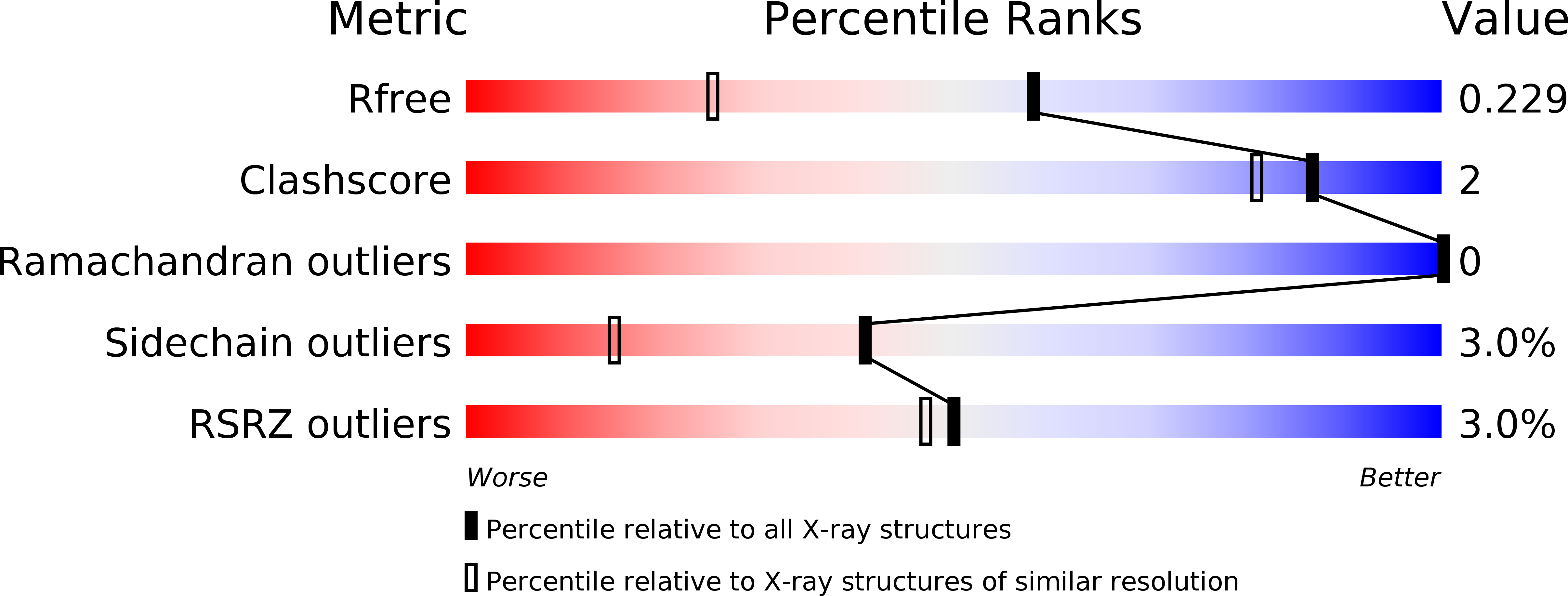
Deposition Date
2018-10-26
Release Date
2019-10-23
Last Version Date
2024-10-23
Entry Detail
PDB ID:
6MVL
Keywords:
Title:
Crystal structure of VISTA bound to a pH-selective antibody Fab fragment
Biological Source:
Source Organism:
Homo sapiens (Taxon ID: 9606)
Host Organism:
Method Details:
Experimental Method:
Resolution:
1.61 Å
R-Value Free:
0.22
R-Value Work:
0.18
R-Value Observed:
0.18
Space Group:
I 21 21 21


